What are the changes for the Employer’s National Insurance rate for 2025/26?
Overview of Employer’s National Insurance Contributions
Back in October 2024, the UK government released the much-anticipated Autumn Budget where they announced a variety of changes affecting UK employers. One of the significant talking points from this was the adjustments to Employer’s National Insurance Contributions. The changes have a huge impact on employers and their cashflow projections for the coming tax year. This blog will cover the key things to be aware of for the fast-approaching 2025/26 tax year.
Details of the Rate Increase
The major change was the drop in the Secondary Threshold (the amount of earnings before ERs NICs are calculated). For the past 3 tax years, the threshold had remained at £9,100 for the year (or £758 per month), but from April 2025, this has been reduced to £5,000 per annum (£417 pcm) – a reduction value of 45%. This reduction will see employers start to make NI contributions for their employees at a much lower amount of earnings.
Implications for Employers
In addition to this, the government have also increased the rate of contribution for Employers NICs from 13.8% to 15% – the first rate increase since the 2011/12 tax year (ignoring the temporary/retracted increase in 2022/23 for the Health and Social Care Levy).
With the changes to the Secondary Threshold and the percentage rate of contributions alone, employers are going to be paying an additional £51.15 per month per employee just on the difference between the 2024/25 and 2025/26 rates and thresholds (for employees paid above the ST).
For context, the average UK salary is projected to be around £37,000 in 2025; in 2024-25 this would equate to circa £3,850 in Employers NICs. Taking this salary into 2025/26, the ER NICs are going to cost circa £4,800; a difference of roughly £950 over the tax year.
Directors of limited companies will often draw a salary of £12,570 to maximise their Personal Allowance and ensure their tax efficiency. In 2024/25, this equates to £478.86 in Employers NIC liabilities; in 2025/26, this will rise to £1,135.50.
Strategies for Employers to Manage the Increase
Whilst these changes are generally a burden to businesses with employees, the government did set out another change to help mitigate the increases – the Employment Allowance benefit is increasing from £5,000 to £10,500; an increase of 110%. What this means, is that qualifying businesses will not need to pay HMRC the first £10,500 of Employers NIC liabilities. For businesses with a small number of employees or low earners, this may mitigate the increases entirely and they won’t see any changes to year-on-year cash flow in relation to NI. Find out more about Employment Allowance and whether your business qualifies here.
Conclusion
As always, we are more than happy to help our clients navigate these changes and establish what it means for them, so please reach out to us for further guidance.
Note: All the information and advice in this blog post was correct at the time of writing.







